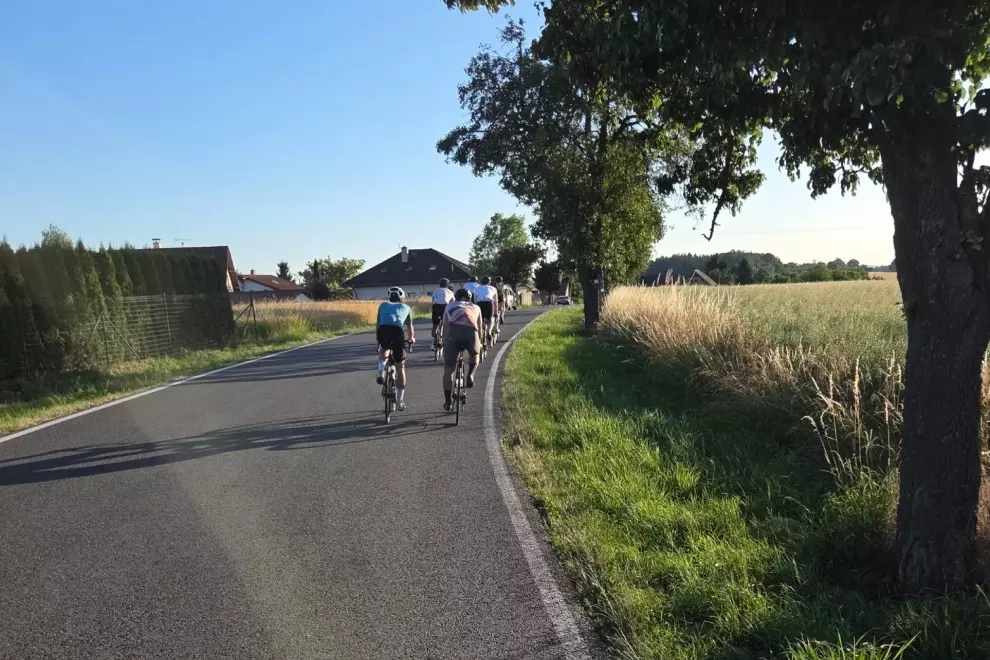The number of people cycling daily on the rise
According to German federal statistics, 30 per cent of all households in German cities over 500,000 inhabitants use the bicycle as the sole mean of transport. That means these households don’t even own a car or a motorbike. More than 80 per cent of Germans use bicycles, especially when travelling 15 km or fewer. That makes them one of the leading cycling nations. The Berliners have gone one step further – it is estimated that there are 710 bicycles per 1,000 inhabitants. With 620 km of dedicated cycle paths, Berlin also belongs among cities with the highest rate of bike commuting in the world. Especially among young people, the interest in cycling skyrocketed and now is regarded hip among young communities.

Bicycle-only highways
The next goal of the German Department of Transport is to develop a superhighway network dedicated exclusively to bicycles. Superhighways are supposed to reduce the negative impact of motorised transport, such as noise and emissions, and make a contribution to climate change mitigation. One of the planned routes of the overall length of 100 kilometres will follow abandoned railways to connect ten big cities in the Ruhr area. Once completed, the highway will become the longest bicycle highway in Europe. The study conducted expects that 50,000 cars will be replaced by bicycles every day on the roads in the area. The idea was born while a cultural event was held in 2010 when the main A40 highway between Duisburg and Dortmund was closed for cars and opened for cyclists and skaters only. The first part between Duisburg and Hamm is already accessible and cyclists are amazed as you’d be if you tried. There is plenty of similar projects in different stages of completion in other big German cities like Hamburg, Nuremberg, Frankfurt or Munich at the moment.
Holidays on two wheels
Today, there are cycle paths along federal highways with a total length over 18,600 km. To maintain and extend these routes, the Government has been investing 98 million euros annually since 2015. Moreover, Germany offers 200 long-distance cycle paths designed for visitors that prefer to explore the country from the bike saddle. Tourists are encouraged to come and enjoy beautiful routes alongside rivers or vineyards. Bike-friendly accommodation is easy to find on the list made by The German Cycling Association with offices in 80 cities across Germany. Some of the routes are international, for example, the 630-km-long cycle path connecting Berlin and Copenhagen, which is a part of the 6,000-km (3,700 mi) EuroVelo 7 cycling route between Sweden and Malta. You can find the cycle paths for your autumn cycling holiday here.

Bicycles welcome
The best thing about cycling in Germany is that you don’t even need to own a bike. In every city, bike-sharing services of different companies allow you to cycle for free or for barely anything. In Berlin, Deutsche Bahn (German Railways) operates a system called Call a Bike, which allows you to get on trains and trams with your bicycle after buying a valid ticket.




